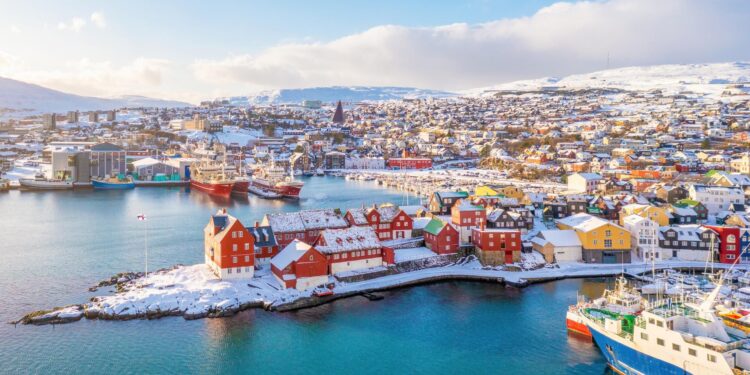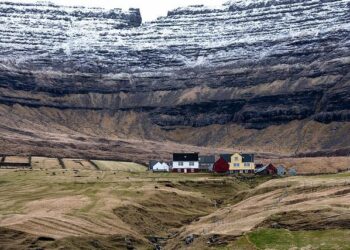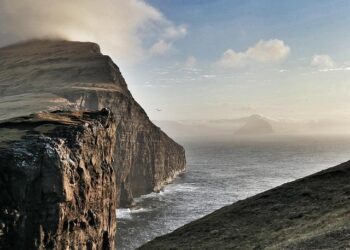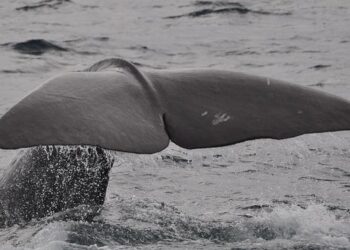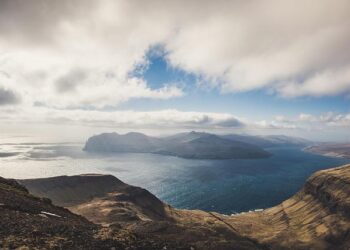The Faroe Islands are making headlines with their ambitious commitment to becoming 100% renewable, positioning themselves as a pioneering example in the global transition to sustainable energy. This remote North Atlantic archipelago, long reliant on imported fossil fuels, is rapidly transforming its energy infrastructure through innovative projects in wind, hydro, and tidal power. As nations worldwide grapple with the challenges of climate change and energy security, the Faroe Islands’ progress offers valuable insights and inspiration, demonstrating how even small communities can lead the way toward a carbon-neutral future.
Faroe Islands Leading the Way in Renewable Energy Transition
The Faroe Islands have set an ambitious target: to achieve 100% renewable energy consumption by 2030. This small North Atlantic archipelago is rapidly transforming its energy infrastructure, prioritizing wind, hydro, and tidal power. Their strategy not only addresses environmental concerns but also demonstrates a scalable model for other remote and island communities worldwide. With over 70% of current electricity demand met by renewables, the Faroes are closing the gap between promise and reality through aggressive investment and innovative grid management.
Key factors driving this transition include:
- Robust wind farms: Capitalizing on consistent strong winds to generate significant power output.
- Hydroelectric installations: Utilizing mountainous terrain and abundant rainfall for reliable energy supply.
- Research on tidal energy: Pioneering marine technology projects to harness ocean currents.
| Energy Source | Current Contribution | Projected 2030 Goal |
|---|---|---|
| Wind | 55% | 65% |
| Hydro | 15% | 25% |
| Tidal | 0% | 10% |
| Other Renewables | 5% | 0% |
Challenges and Innovations in Achieving Full Sustainability
Transitioning an entire archipelago to 100% renewable energy is no small feat, especially when faced with geographical constraints and harsh weather conditions. The Faroe Islands have encountered significant hurdles, including infrastructure limitations and the need to balance energy supply with fluctuating demand. The reliance on wind and hydropower, while visionary, demands continuous innovation to optimize storage and distribution. Moreover, integrating electric transport systems across remote islands presents logistical challenges, driving local engineers and policymakers to pioneer smart grid solutions and off-grid energy storage technologies.
Key innovations are emerging from these challenges, positioning the Faroe Islands as a blueprint for sustainable island communities worldwide. These include:
- Adaptive energy storage systems utilizing advanced batteries and pumped hydro facilities.
- AI-driven grid management to forecast demand and balance renewable supply in real-time.
- Hybrid energy models combining tidal, wind, and hydropower to ensure reliability.
| Innovation | Benefit | Application |
|---|---|---|
| Smart Grid Technology | Optimizes energy distribution | Island-wide energy balance |
| Battery Storage | Stores excess energy for peak use | Wind energy storage |
| Tidal Power Integration | Provides steady baseline energy | Coastal renewable mix |
Lessons from the Faroe Islands for Global Renewable Strategies
While the Faroe Islands may be small in size, their commitment to achieving a 100% renewable energy system holds significant lessons for countries worldwide. Their strategy combines a diversified portfolio of renewables-primarily hydropower and wind-with innovative energy storage solutions and robust grid management. This holistic approach ensures not only energy independence but also resilience in the face of variable weather conditions, a challenge shared by many regions aiming for sustainability. Key takeaways include:
- Localized solutions: Tailoring renewable technologies to match geographic and climatic realities.
- Community engagement: Prioritizing stakeholder involvement to secure social acceptance and behavioral shifts.
- Smart infrastructure: Leveraging advanced grid systems to balance supply and demand efficiently.
The Faroe Islands’ experience underscores the importance of integrating renewable initiatives with supportive policies and clear milestones. Global strategies must emphasize agility, given the rapidly evolving nature of sustainable technologies. Below is a simple comparison illustrating the Faroe Islands’ renewable milestones alongside typical global targets, demonstrating how ambitious yet attainable these goals are on the international stage.
| Milestone | Faroe Islands | Global Average |
|---|---|---|
| Renewable energy share (2023) | 60% | 30% |
| Target for 100% renewables | 2030 | 2050 |
| Investment in storage tech | High | Moderate |
In Retrospect
As the Faroe Islands forge ahead with their ambitious target of achieving 100% renewable energy, their journey offers a compelling blueprint for other nations grappling with the urgency of climate change. Beyond its remote North Atlantic setting, the archipelago’s innovative approaches to sustainable energy generation and integration underscore the global relevance of localized solutions. As policymakers and industries worldwide seek viable pathways to a greener future, the Faroe Islands stand as a testament to what focused commitment and strategic investment can accomplish in the transition toward a clean energy landscape.


